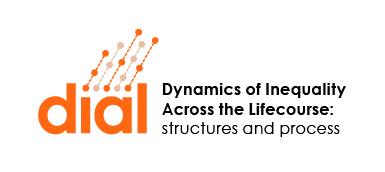This report reviews the key modes of creating social dispersion in the German educational system by sorting students into distinct groups based on performance or choice. It describes the basic structure of the German educational system and the specific modes of sorting at the different stages of education from early childhood education and care until tertiary education, building on country-specific literature, administrative documents and official data. It places a specific focus on secondary schooling, where formal tracking is most prevalent. The report is complemented by descriptive analyses for the birth cohorts 1970-1980 in West Germany based on data from the National Educational Panel Study, Starting Cohort 6. It describes their educational pathways, the role of social origin in track placement, the long-term consequences of tracking, and its contribution to long-term social inequality. Findings based on new data covering detailed educational biographies show that the three different tracks lead to different educational and vocational trajectories; at the same time, there are manifold ways to reach similar attainment and to upgrade previous certificates. Parental resources (in terms of education or occupational class) are strongly associated with track placement. While students’ track location at different ages increases its importance in predicting educational outcomes, occupational measures are found to be less sensitive to respondents’ track location. This is especially true for unemployment and earnings. Finally, track placement at the beginning of lower secondary education accounts from on third to half of the difference in educational and labour market attainment due to social background and subsequent track mobility further mediates social background differences. A next step will be to investigate to which extent the effect of track placement is due to individuals’ self-selection into tracks.
